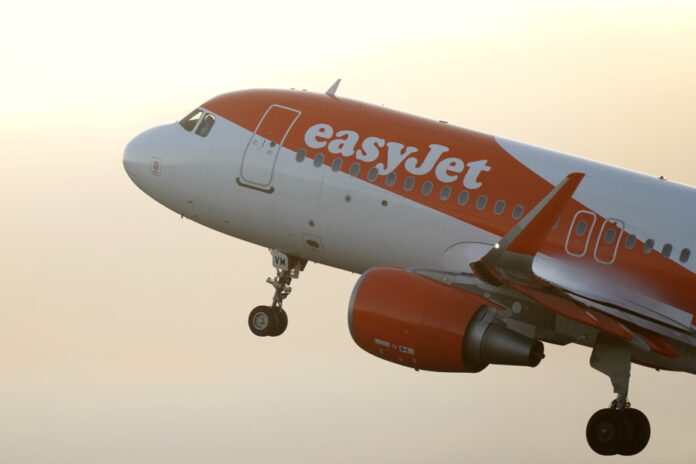(Paris) The British airline easyJet will acquire CO2 credits from Airbus, which will be captured in the air and stored underground, in order to offset its emissions of this gas which contributes to global warming, the aeronautical giant announced on Monday .
The low-cost airline has committed, like the rest of the global aviation sector, responsible for 2 to 3% of global CO2 emissions, to achieving net zero CO2 emissions by 2050.
To achieve this, it is counting on the modernization of its fleet with aircraft that consume and therefore emit less CO2, technological innovations and the gradual introduction of sustainable aviation fuels (SAF) capable of reducing CO2 emissions by 80% compared to kerosene over their entire use cycle.
Even if this technology is still in development, easyJet considers that CO2 capture will contribute to offsetting “residual emissions during the transition period until 2050”, estimated easyJet sustainable development manager Jane Ashton, during a conference call.
The technology, called direct capture before storage of carbon in the air (DACCS-Direct Air Carbon Capture and Storage), aims to capture CO2 in the air using powerful fans, powered by carbon-free electricity. , and store it underground.
Airbus announced last year a partnership with the firm 1PointFive, which is due to commission a capture and storage site in the Permian Basin of Texas at a depth of nearly 2,000 meters at the end of 2024 – beginning of 2025.
The European aircraft manufacturer has committed to acquiring 400,000 tonnes of CO2 credits, also called carbon credits, over four years. The contract with easyJet, the terms of which have not been specified, provides that the company will use part of these credits between 2026 and 2029.
In addition to easyJet, six other airline groups (Air Canada, Air France-KLM, IAG, Latam, Lufthansa and Virgin Atlantic) also signed a letter of intent to this effect with Airbus last year.
For Nicolas Chrétien, “Sustainability and Environment” manager at Airbus, CO2 credits have the advantage of making it possible to precisely quantify the quantity of CO2 eliminated, with one credit corresponding to one tonne.
And the stored CO2 can subsequently be used to manufacture synthetic fuels combining hydrogen and carbon dioxide.















